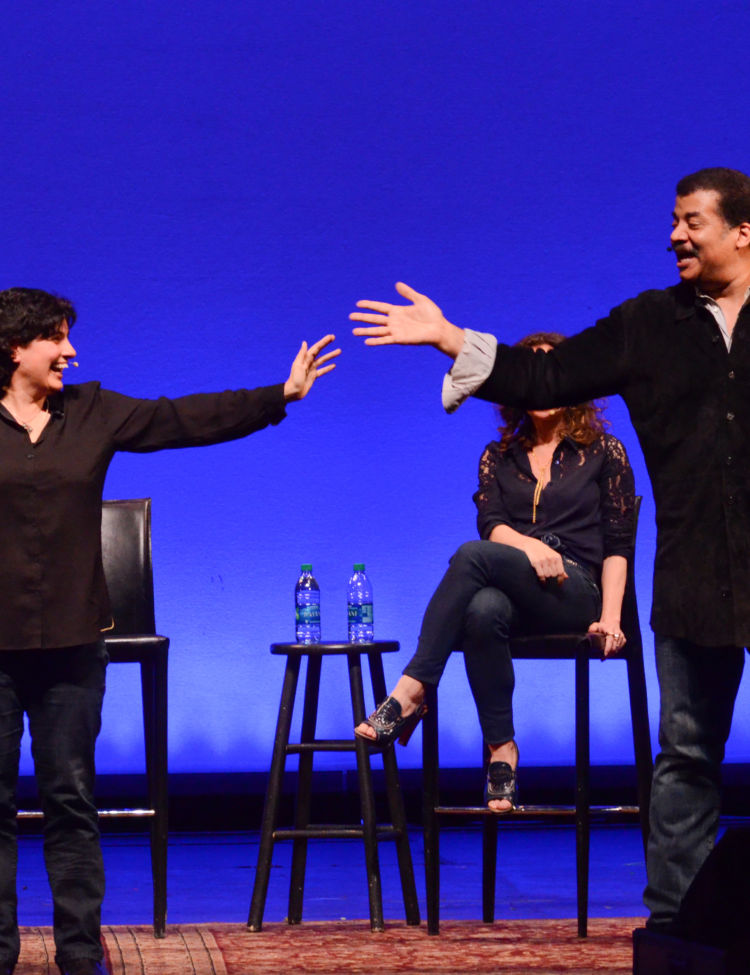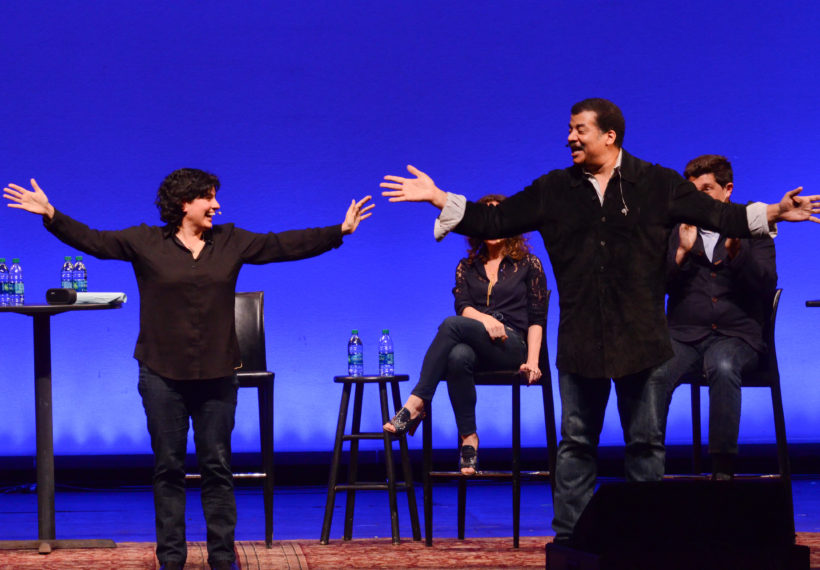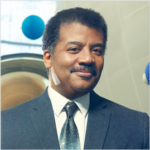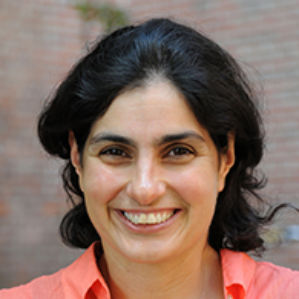About This Episode
In the conclusion to our show about the discovery of gravitational waves, Neil deGrasse Tyson, Eugene Mirman, cosmologist Janna Levin, LIGO astrophysicist Nergis Mavalvala, and comedian Michael Showalter move from the specifics of how LIGO works to the broader questions of what it can teach us about our universe. You’ll explore what kind of events create gravitational waves, like supernovas or the motions of orbiting neutron stars, and just how much energy was actually released when those two black holes collided 1.3 billion years ago. Find out how sensitive a detector would need to be to detect waves from the Big Bang, and why, to detect more subtle signals, we need to move our detectors into space with LISA, the Laser Interferometer Space Antenna. Discover how LIGO lets us detect bare black holes for the first time, rather than just deducing where they are by seeing the destruction of a star they’re shredding. Plus, Neil and company grapple with universal expansion, quantum physics, black holes, the speed of light, the origin of spacetime, the death of our Sun, the collision of the Milky Way with the Andromeda Galaxy, and much more.
NOTE: All-Access subscribers can listen to this entire episode commercial-free here: StarTalk Live! LIGO and the Black Hole Blues (Part 2).




 Unlock with Patreon
Unlock with Patreon




 Become a Patron
Become a Patron